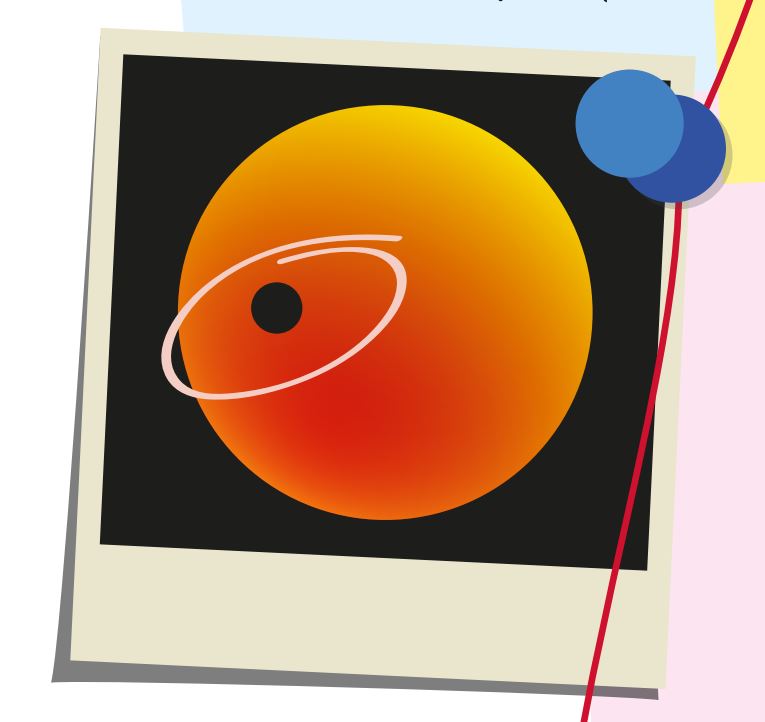5. solis - Sastāvs

Mūsu Saules sistēmā planētas parasti iedala divās kategorijās: klinšainās un gāzveida. Tomēr eksoplanētas var ļoti atšķirties no mums pazīstamajām kaimiņplanētām. Eksoplanētu masu M nevar noteikt, izmantojot tranzīta metodi, bet ar citām metodēm, piemēram, radiālo ātrumu, to var izdarīt. Ja gan masa, gan rādiuss [...]
4. posms - temperatūra un apdzīvojamība

4. posms - temperatūra un apdzīvojamība Līdz šim Zeme ir vienīgā vieta Visumā, par kuru ir zināms, ka uz tās ir dzīvība. Nav arī zināms, vai dzīvība varētu attīstīties un pastāvēt apstākļos, kas ir ļoti atšķirīgi no mūsu planētas apstākļiem. Pētot eksoplanētas un nosakot iespējamos apdzīvojamības apstākļus, [...]
3. solis - Orbitālais periods un attālums

3. posms - orbitālais periods un attālums Planētas orbitālais periods T ir laiks, kas planētai nepieciešams, lai veiktu vienu pilnu riņķojumu ap savu zvaigzni. Ja tiek novēroti vairāki vienas un tās pašas eksoplanētas šķērsošanas periodi, tad laika intervāls starp secīgiem šķērsošanas periodiem - konstatētajiem gaismas līknes kritumiem - ir [...].
2. solis - eksoplanētas lielums

Eksoplanētas tranzīta dziļums ir vienāds ar planētas diska laukuma un zvaigznes diska laukuma attiecību. Mērot tranzīta dziļumu pēc tranzīta gaismas līknes un zinot zvaigznes rādiiusu (Rs), var noteikt eksoplanētas rādiiusu (Rp). Tranzīta dziļumu var aprēķināt kā [...]
1. solis - Piekļuve datiem

Lai pabeigtu savu gadījumu datni un noslēpumainu eksoplanētu profilu, jums ir jāizvēlas mērķis un jāiegūst Cheops satelīta dati. Ja šī ir jūsu pirmā analizētā eksoplanēta, iesakām sākt ar KELT-3b. Astronomi izmanto īpašus programmatūras rīkus, lai analizētu datus un piemērotu matemātiskos modeļus. Piekļūstiet datiem, izmantojot vienu no divām iespējām [...]
Ievads - Izmeklēšanas sākšana

Lejupielādējiet Pedagoga rokasgrāmatu un lietu īsu aprakstu: Šajā aktivitātē skolēni raksturos noslēpumainas eksoplanētas, analizējot ESA satelīta Cheops iegūtos datus. Skolēni darbosies kā īsti zinātnieki un pielāgos datiem modeli, lai iegūtu vislabāk piemērotos parametrus. Darbību var veikt, izmantojot vadītu formātu vai [...]

